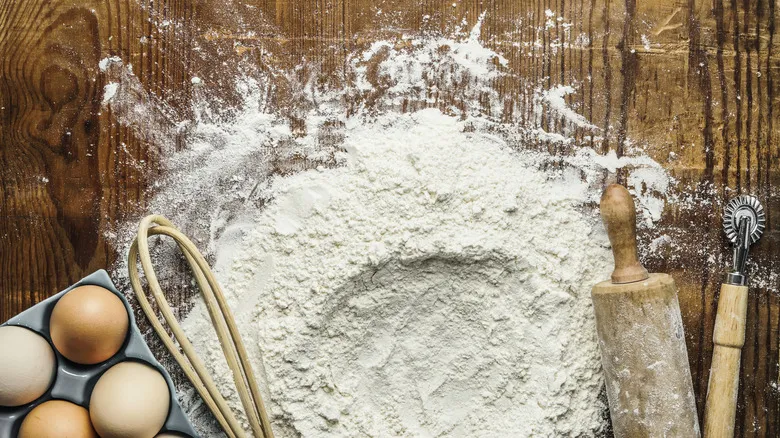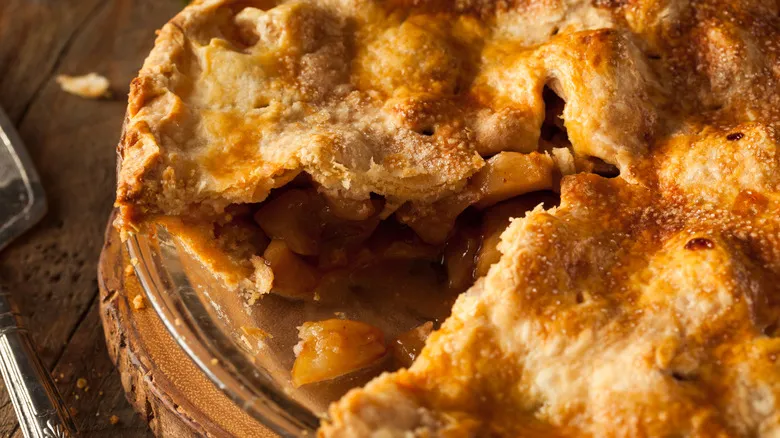The best methods for incorporating cold butter

Certainly! Here’s a rewritten version of the text:
While you can certainly use a pastry blender, two knives, or the prongs of a fork to incorporate butter into your pie crust dough, Saura Kline recommends a more efficient approach. "I prefer using a food processor," she notes. "It quickly blends the butter into the flour and achieves results comparable to doing it by hand." With just a few quick pulses in a food processor, your butter will remain cool while breaking down into pea-sized pieces.
Before you give it a quick spin in the food processor, Kline offers another clever tip to make your process easier. "Pre-cut or shred the butter and freeze it before using," she advises. If you were to freeze a whole stick of butter and then attempt to cut it into your dough, it would take forever. However, by preparing it in advance, you allow yourself more time to mix in the butter before it warms up.
As a final piece of advice, Kline recommends keeping your crust chilled throughout the process. "After making the dough, chill it again," she suggests. "And once the dough is rolled out into the pie dish, chill it once more." By following Kline's techniques, your butter will start cold and remain cold, resulting in beautifully flaky pie crust layers that will impress your guests.
Recommended

Save Ugly Store-Bought Cakes With This Simple Decorating Tip

The Store-Bought Secret To Quick Homemade 'Baguettes'

Why You Might Want To Use Less Flour In Your Banana Bread

The Vanilla Extract Swap That Adds A Touch Of Spice To Your Cakes
Next up

